Case Study 1 - El Baix Llobregat Wastewater Treatment Plant
Decarbonizing Public Transportation
Case Study 1 takes place at the El Prat de Llobregat Wastewater treatment plant in Barcelona, Spain, which is operated by our project partner, Aigües de Barcelona. This innovative project focuses on upgrading biogas quality to biomethane, aiming to reduce costs and raise the TRL from 4 to 7, while improving the biogas status in Spain. To accomplish this, CETAQUA will construct and operate a small-scale biomethanation reactor using a unique combination of technologies, bio-methanation and proton exchange membrane water electrolysis (PEMEL). This process will convert biogas into high-quality biomethane, which will then be used to fuel two buses circulating through Barcelona’s metropolitan area. By partnering with Transports Metropolitans de Barcelona (TMB), we are actively contributing to the decarbonization of public transportation.

Biogas contains about 35% of CO2 and 65% of CH4. Additionally, small amounts of other gases such as nitrogen (N2), hydrogen sulfide (H2S), water vapor (H2O), and trace amounts of various volatile organic compounds (VOCs) may also be present.
The upgrading technology consists in reacting the remaining CO2 with H2 to enrich the methane content to >95%. This reaction occurs inside a reactor with specialised microorganisms that consume the substrate and give CH4 as a product. The H2 needed comes from a novel proton exchange membrane water electrolysis (PEMEL) designed by PROPULS with collaboration from SINTEF. Before biomethane can be used as fuel for public transportation, it must undergo a scrubbing process to remove impurities such as H2S, volatile organic compounds (VOCs), and siloxanes in order to protect the equipment. Once the biomethane has been scrubbed and purified, it undergoes compression to create compressed natural gas (CNG), which is then ready to be used as fuel for public transportation vehicles. This ensures that the biomethane meets the required standards and is safe and efficient for use in the transportation sector.
Because this technology aims to decarbonize the public transport by using biomethane, the H2 source needs to be green as well. For this reason, the energy used for H2 production comes only from renewable sources. These kinds of sources are very variable, often having peaks when the energy is not used and lost. Using these high production points of energy to produce H2 is a way to store this energy. Therefore, the biomethanation process needs to be robust in front of operation intermittency.
DTU will contribute to the project by conducting various experiments involving different configurations, gas residence times, and microbial cultures. These experiments, combined with CETAQUA’s expertise in CO2 biomethanation, will inform the design of the reactor, including considerations such as volume, filling, and recirculation.

Figure 1. CS1 process flow diagram
The process starts with the pretreatment of the stream of biogas, which is already produced by the WWTP, in order to keep a low concentration of H2S, VOCs and siloxanes. Once the biogas is clean, it is fed into the reactor along with H2. The reactor will be operating at a thermophilic temperature and different pressure levels (3-12 bar), and key parameters will be monitored for the optimization of the methane productivity. The goal is to produce high-quality biomethane (>95%), which is then compressed and stored as compressed natural gas (CNG) for later use in refueling buses.
Overall, the aim will be to achieve the highest priority objectives in the European biomethane market: to increase the profitability of conversion in biomethane production, to diversify conversion technologies, to contribute to the acceptance of biomethane technologies in the gas market, and to contribute to the semi-industrial scale demonstration of new conversion technologies.
Next steps: Currently, the PEMEL is in its final design stages, with the stack having already begun construction. The biomethanation process is also deep into its design phase, already having a satisfactory PFD. Parallel to this, a techno-economic analysis is being conducted by SINTEF, which will shed light into CS1’s financial viability. Once the plant is full in operation, the buses will begin circulation. Following this, a study will be undertaken to evaluate the impact of biomethane utilisation on the motors, ensuring optimal performance while monitoring potential concerns such as H2S and siloxanes.
Authors: David Checa, Alejandra Córdova
Editorial: Lucia Salinas
Date: January, 2024


This project has received funding from the European Union’s HORIZON-CL5-2021-D3-03-16 program under grant agreement No 101084297. Views and opinions expressed are however those of the author(s) only and do not necessarily reflect those of the European Union or the European Commission. Neither the European Union nor the granting authority can be held responsible for them.

